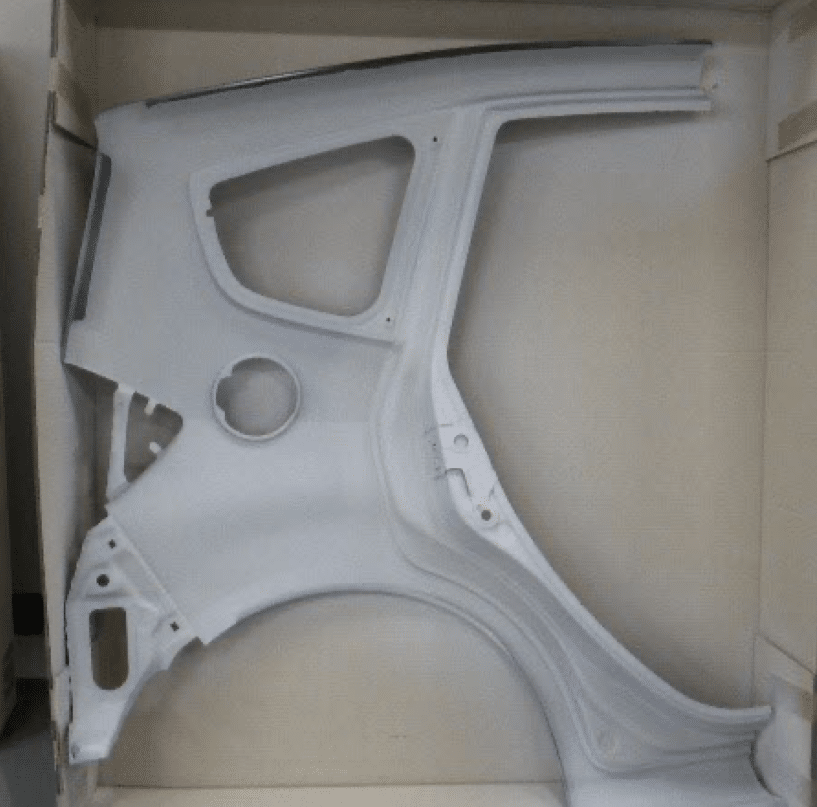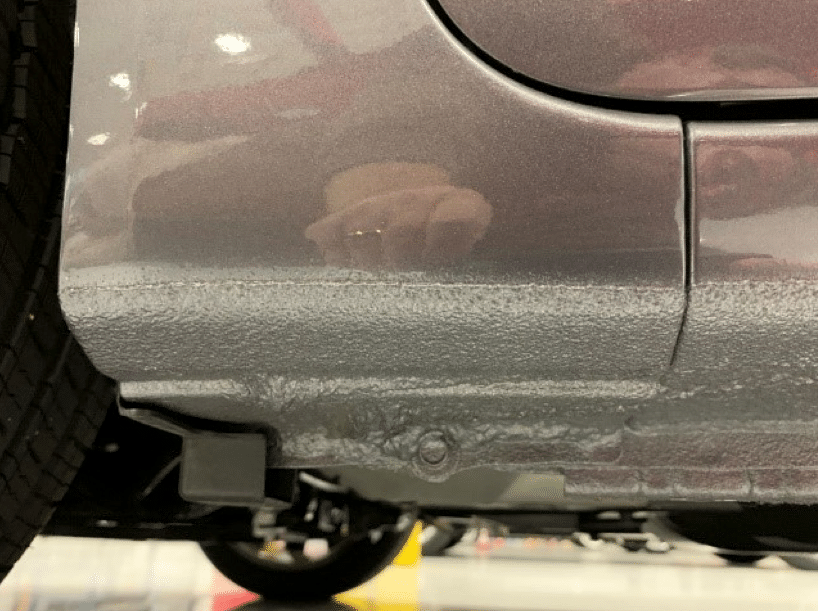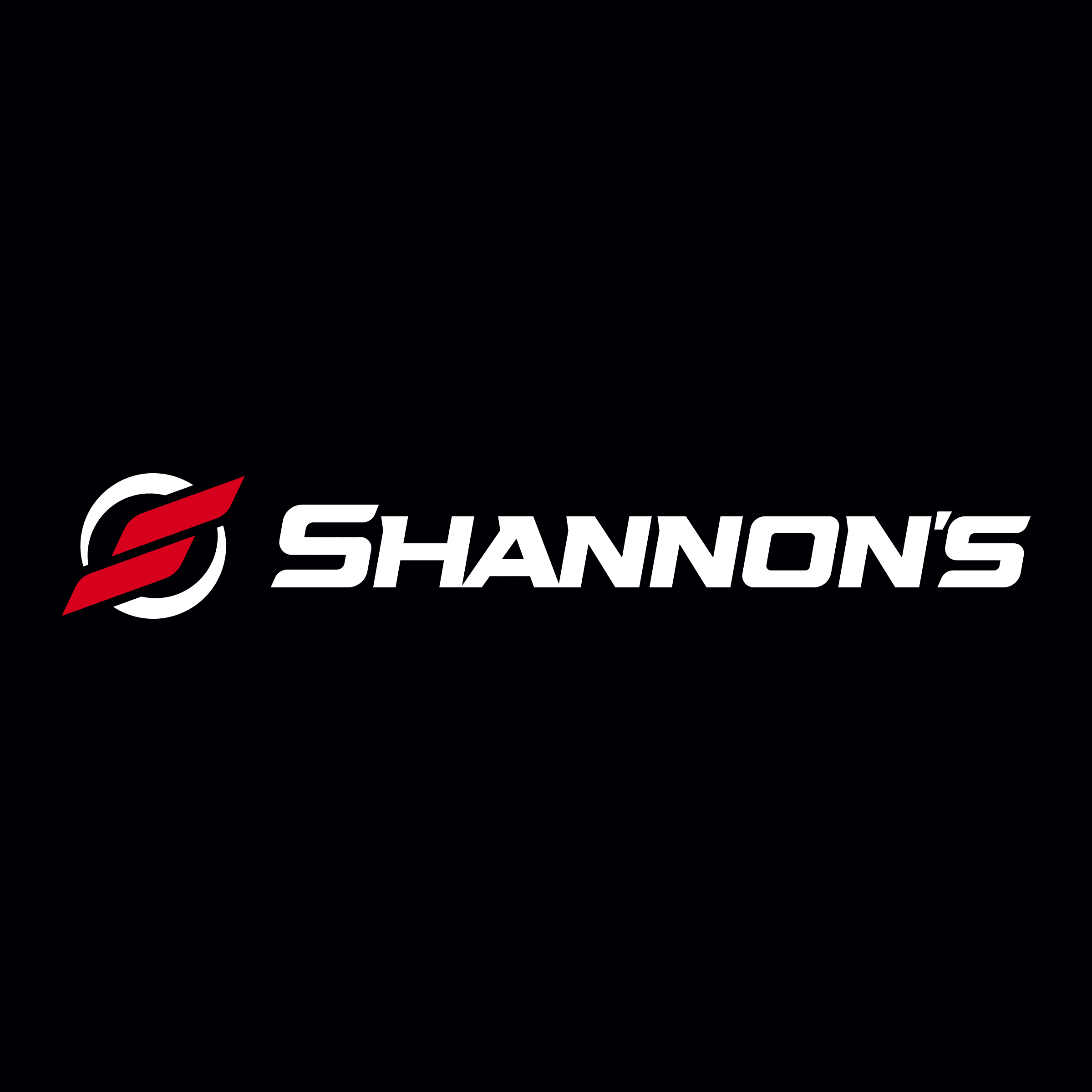The number one concern for most car owners when looking over their vehicle after a collision repair is typically the paint job. It’s the first thing we see and notice so naturally it gets a lot of attention. New cars are built every year with new advances in techniques and paint finishes making replicating the original coat more difficult and time consuming.
Because these new paint finishes are more complex, each manufacturer typically has procedures in place for best practices when dealing with paint repairs. These guidelines can be specific and tedious which can lead to some body shops choosing to cut corners and not providing you with a quality finish like we do.
In March, Honda released guidelines in their self-published Body Repair News and instructed repairers about repairing paint and chip protection for Honda vehicles. We will outline the main highlights from Honda’s document so you know what to expect when we repair your vehicle.
Honda says: “Stone chips are a leading cause of corrosion hot spots.”

Anti-chip primer
What Honda says:
Reputable collision repair shops will constantly research the OEM repair procedures before beginning any work on your vehicle. This is important because they will outline things like where to apply anti-chip primer and how the shop can provide sufficient coverage.
“Each paint manufacturer has its own formulation for matching the durability of the factory anti-chip primer, some call for additional sealers in these areas. Some call for an increased mil thickness of the clear coat. And some call for catalyzation of the base coat. Always check with your paint manufacturer for recommendations of products and procedures.”
What That Means To You And Your Repair:
Honda has approved multiple paint manufacturers for the repair of their vehicles. Every auto body shop utilizes their own equipment or system to do paint repairs that is purchased directly from the paint manufacturer. The most common paint manufacturers are Akzo Nobel, BASF, Sherwin Williams, and PPG.
Each of the listed manufacturers have their own paint formulas that make up part of their system. Honda stipulates that as long as a paint repairer follows the approved directions of the paint system, the repair will be compliant with Honda’s protocols. In some cases, this will mean we have to add extra coats of sealer; in other cases, we will have to add multiple layers of clear coat.
What Honda Says: If the paint manufacturer doesn’t have such a procedure, then repairers should spray light coats of 2K primer surfacer/sealer, allowing appropriate flash time between coats until a thickness of 20 microns (0.79 Mils) is achieved. You can’t just cut corners and use Honda’s formula instead of putting in the time to research the paint manufacturer’s.”
What That Means To You And Your Repair:
In some cases there is not a specific guideline, but that does not mean a procedure shouldn’t be followed. In fact, Honda specifically says Do Not Cut Corners”, and you would be surprised how many shops do.
Paint Thickness
What Honda Says: “The main purpose of refinishing products is to protect the surface from corrosion,” Honda wrote. “To accomplish this, the proper mil thickness must be achieved.”
“Refer to your paint manufacturer for minimum and maximum mil thickness recommendations. A digital mil thickness gauge must be used to ensure these recommendations are followed.”
What That Means To You And Your Repair:
Honda specifically demands that all body shops use a mil gauge to measure and confirm the paint thickness on the car. Paint thickness is not able to be seen with the naked eye so the small hand held gauge is required to get a reading. In this case, 20 microns or .79 mils is the recommendation.

Intermediate chip guard
On some vehicles there is a rough looking area towards the bottom of the doors or panels. This is called a chip guard meant to prevent rust which develops after rocks hit the finish causing a chip. You probably never noticed it before, but it is an important finish to replicate and to replicate it exactly to manufacturer specifications.
What Honda Says:
Intermediate chip guard helps prevent chipping damage from flying stones and is commonly applied to the side sill areas of the vehicle. It is a chloride vinyl resin material that is granular in appearance and applied between 100 and 200 microns thick (4 to 8 Mils).
Replicating the original factory functionality and look can be tricky because of the texture. A good collision repair shop will take the time to practice the finish to get it right which requires the use of multiple spray-out panels. Never apply chip guard over bare metal.
What That Means To You And Your Repair:
As already stated it takes practice to achieve the exact same finish your specific car has. This means that we, as the repairers, need to use spray outs or test spray panels and never always apply this particular finish over painted surfaces.

Protective tape
At the corners of some of your lower panels, you may have seen what looks like clear tape and wondered what it is for. It is there for a reason, and Honda wants us to put it back on there if we are doing a repair in that area.
What Honda Says:
Honda says you must replace the clear protective tape present on some of its vehicles, typically in areas like “lower doors, the dogleg area of rear outer panels, and the fenders.” The material protects the paint from chips.
“It is important to remove and replace the tape anytime a panel is repaired, refinished, or replaced,” Honda wrote. “Refer to the applicable service information for the location of the tape and the application procedure. … Never paint over the protection tape.”
What That Means To You And Your Repair:
Here is an easy are where a body shop can cut a corner to save an insurance company money at the expense of the consumer. But even something as simple as some protective tape can be omitted or improperly installed, even painted over, all of which are incorrect procedures.
We at Cherry Hill Collision follow established internal standard operating procedures (SOPs) that direct each phase of our meticulous process. Every Cherry Hill Collision technician receives specific training to ensure consistent, accountable, and uniform repairs. You can depend on us as a superior provider of auto body repair services in the Cherry Hill, NJ area.
If you’d like to schedule an appointment or to get an online quote, click any of the buttons below! Or, feel free to give us a call at (856) 663-0500. We look forward to hearing from you!




